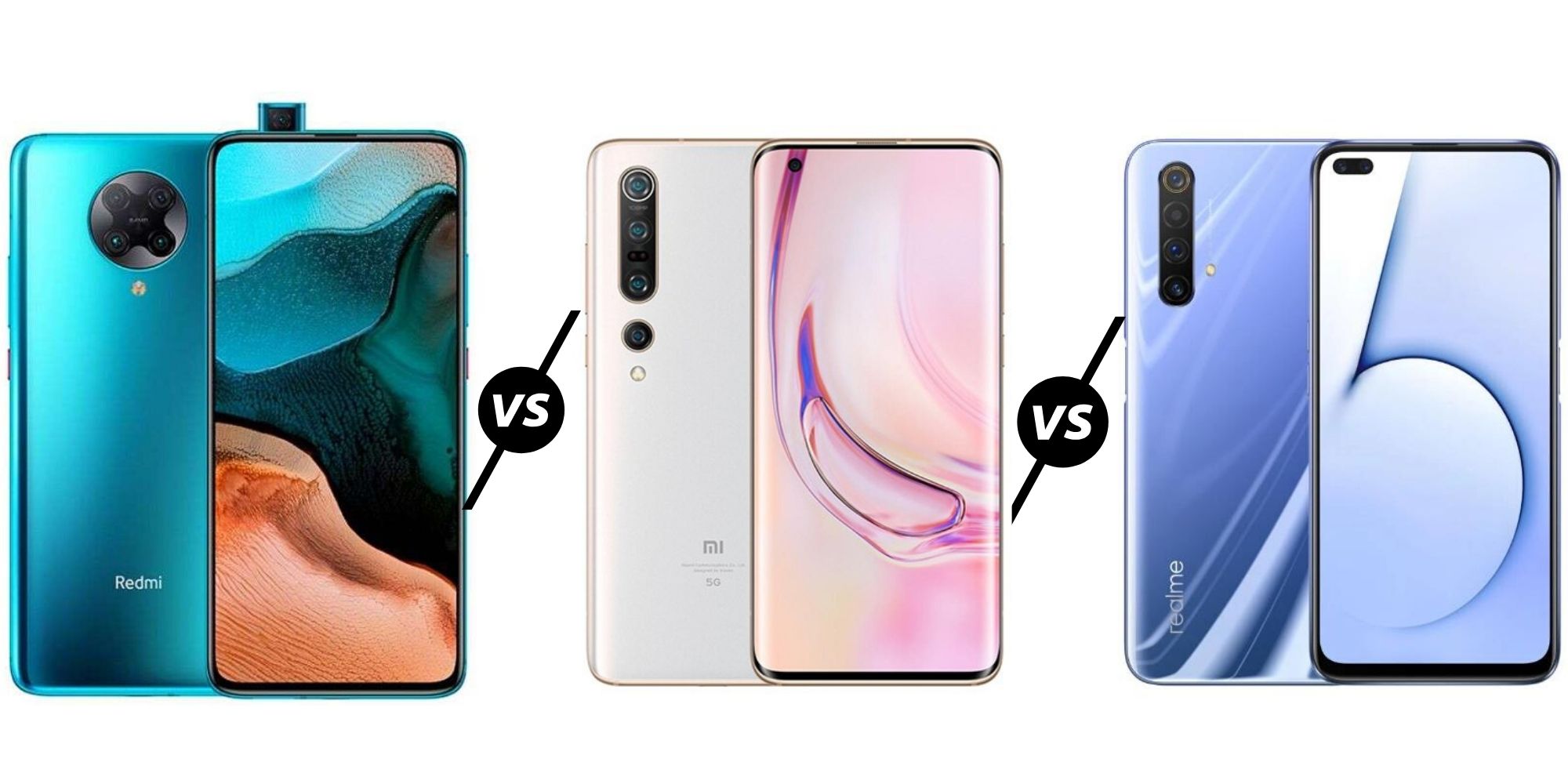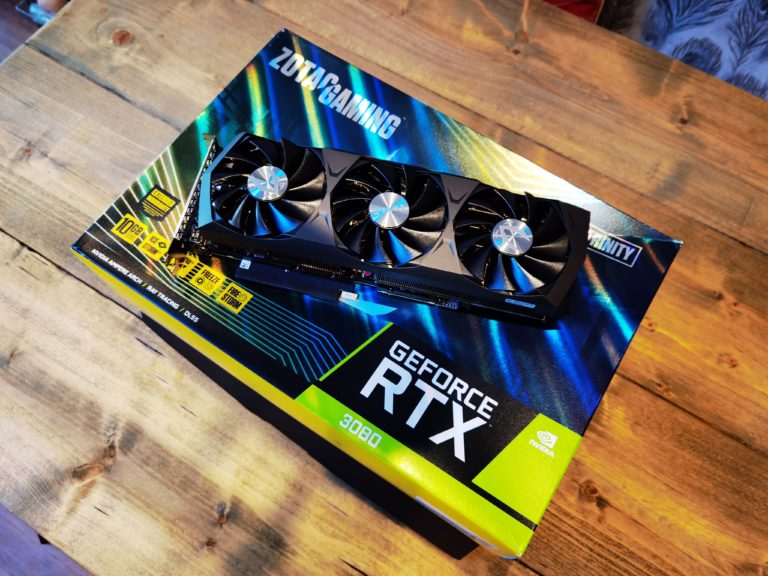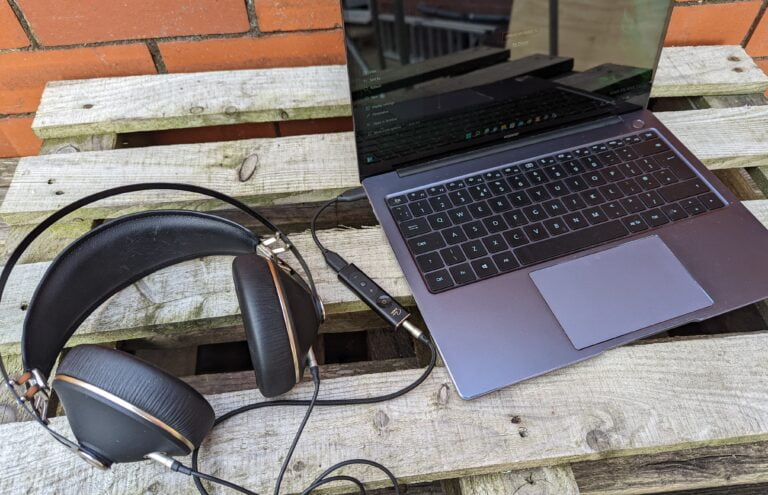Any links to online stores should be assumed to be affiliates. The company or PR agency provides all or most review samples. They have no control over my content, and I provide my honest opinion.
Only a few companies have launched a flagship so far this year, and Xiaomi is already on their second.
The launch of the Redmi K30 Pro models give Xiaomi a more affordable option to the existing Mi 10 Pro 5G and gives them something to compete with against the other affordable flagship, the Realme X50 Pro 5G.
The Redmi K30 Pro is quite interesting, the Redmi brand a more affordable solution vs Xiaomi itself but this phone has a specification that makes it more appealing than the Mi 10 Pro 5G for certain aspects.
Chipset, Ram & Storage
The chipset is the same on all the phones, the Qualcomm Snapdragon 865 is going to be the main chipset found in flagship phones for 2020, but competition is picking up for Qualcomm, with Mediatek having the Dimensity 1000.
The affordable Redmi nature shows its sign immediate with a lower base RAM of 6GB and lower storage of 128GB.
Just to make things confusing the 6GB/128GB variant has LPDDR4X RAM and UFS 3.0 while the higher specced models have faster LPDDR5 RAM and UFS 3.1 storage. Both the Mi 10 Pro 5G and Realme have UFS 3.0
Options go up to 12GB RAM, and 256GB storage. This is also the only option with microSD.
The Xiaomi Mi 10 Pro starts with 8GB and 256GB going up to 12GB and 512GB
Realme also have a 6GB ram starting point, then 128GB base storage with options going up to 12GB and 256GB
Display
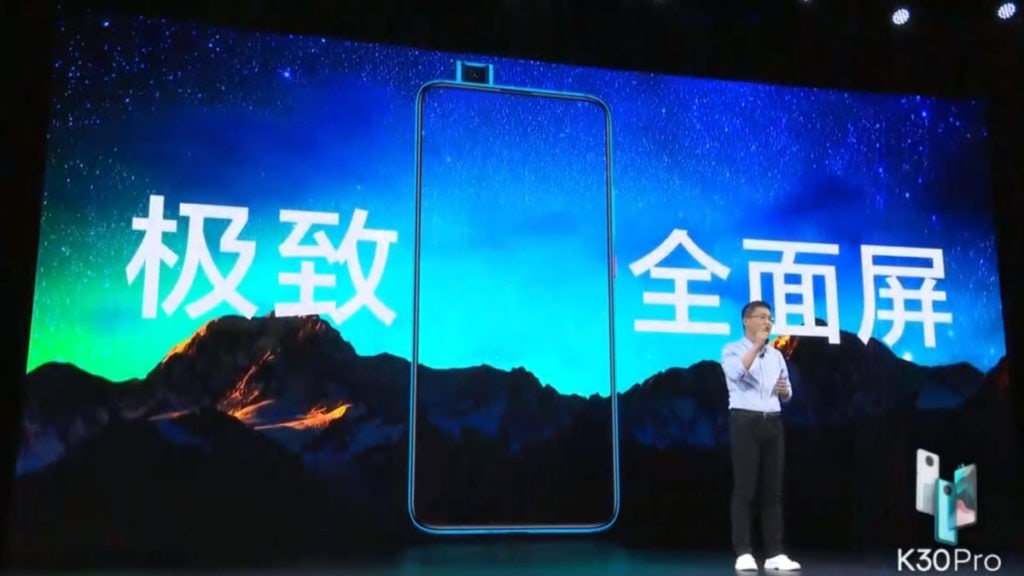
It looks like Xiaomi have simplified manufacturing by using the same screen size of 6.67 inches the difference being the Redmi has a pop-up selfie, so the screen is free of holes giving it a 1080 x 2400 pixel resolution. On the downside, it lacks a 90Hz refresh and 180Hz touch-sensing.
The lack of 90hz is going to be a seirous issue for some users that have experienced the smoothness of these screens.
The Xiaomi comes with a beautiful curved 6.67 inch AMOLED display running at 1080 x 2340 pixels with 90Hz refresh rate and 180hz touch sensing. It will have a small punch hole to the upper left of the display.
Then the Realme has a 6.44 inch 90Hz Super AMOLED screen with 180hz touch sensing
Camera
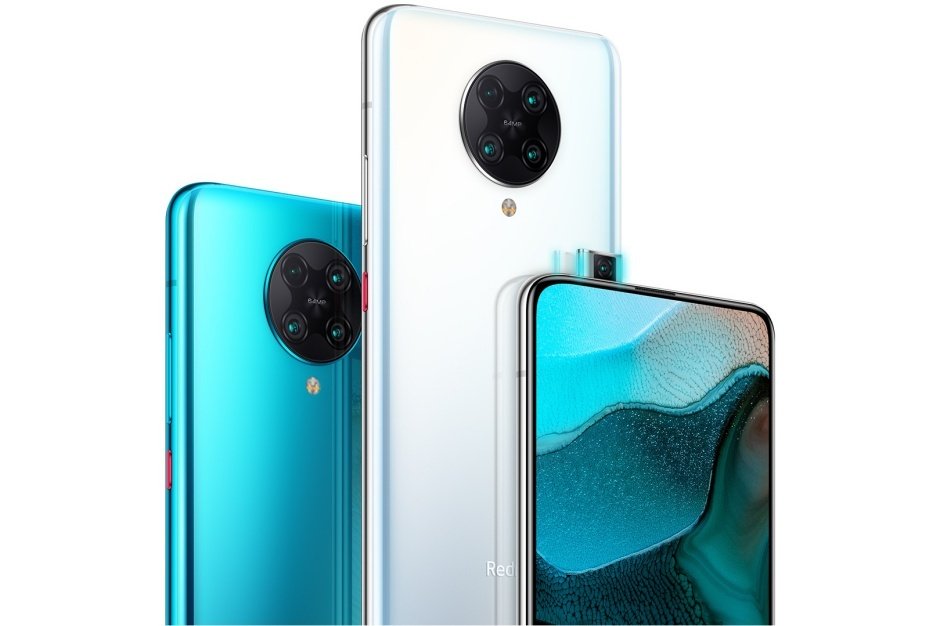
For the Redmi K30 Pro this has a quad rear camera setup. You’re getting a 64MP IMX686 main camera capable of 8K recording, a 13MP ultra-wide shooter (123 degrees), 2MP depth sensor, and 5MP “telephoto macro” lens. Meanwhile, a 20MP pop-up shooter handles selfies.
The Zoom model changes things a little, it also offers a 64MP IMX686 main camera, 13MP ultra-wide sensor, and 2MP depth camera, but swaps out the 5MP camera for an 8MP 3x telephoto shooter. But the Zoom edition also delivers optical image stabilization on both the main and telephoto cameras, whereas the standard variant doesn’t offer this option.
Both models have a 20MP pop-up selfie camera.
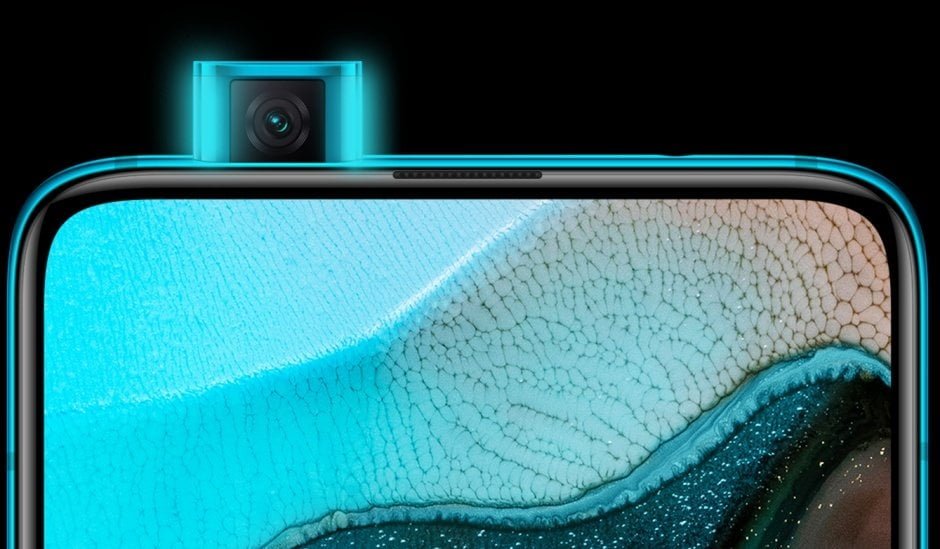
On the Xiaomi Mi 10 Pro you get:
- 108 MP, f/1.7, (wide), 1/1.33″, 0.8µm, PDAF, Laser AF, OIS
- 8 MP, f/2.0, (telephoto), 1.0µm, PDAF, Laser AF, OIS, 10x hybrid optical zoom
- 12 MP, f/2.0, (portrait), 1/2.55″, 1.4µm, dual pixel PDAF, 2x optical zoom
- 20 MP, f/2.2, 13mm (ultrawide)
- 20 MP f/2.0 selfie
The none pro model loses the 8MP telephoto and 12MP portrait, drops the ultrawide down to 13MP, then adds the largely useless 2MP macro and 2MP TOF lenses.
Realme doesn’t have the best camera spec for a flagship phone (which it makes up for in price), this has:
- 64 MP, f/1.8, 26mm (wide), 1/1.72″, 0.8µm, PDAF
- 12 MP, f/2.5, 54mm (telephoto), 2x optical zoom, PDAF
- 8 MP, f/2.3, 13mm (ultrawide), PDAF
- 2 MP B/W, f/2.4, (depth)
Then there is a dual selfie in the punch hole with:
- 32 MP, f/2.5, 26mm (wide), 1/2.8″, 0.8µm
- 8 MP, f/2.2, 17mm (ultrawide), 1/4.0″
Battery
The Redmi K30 Pro features a 4700 mAh battery, with 33 W fast-charging that charges the phone fully in just 63 minutes.
The Mi 10 Pro 5G has a 4500 mAh battery but the none pro has a larger 4780 mAh battery, then the Pro has 50W charging and none pro 30W.
For Realme, you get a 4200 mAh battery with 65W charging that is capable of 100% in 35 min.
Other
All the phones have the latest Wi-Fi 6 as well as NFC for Google Pay and under-display fingerprint sensors.
Only the Redmi K30 Pro has a 3.5mm headphone jack, and I think this may be the first Xiaomi phone with a proper IP rating of IP53 (which is splash resistance)
Price
The Redmi K30 Pro starts at 2,999 yuan (£362) for the 6GB/128GB model, 3,399 yuan (£410) for the 8GB/128GB variant, and 3,699 yuan (£446) for the 8GB/256GB option. The Zoom Edition will set you back 3,799 yuan (£459) for the 8GB/128GB variant, and 3,999 yuan (£483) for the 8GB/256GB tier.
If and when these phones land in the UK, they will likely come it a higher price.
The Xiaomi Mi 10 series is expected to hit the UK on the 27th, it looks like only the normal model is arriving for now and this will be £699 (128GB) and £799 (256GB)
The Xiaomi Mi 10 Pro is not available officially in the UK, but you can import it from the likes of Banggood for £834 with 8GB/256GB
The Realme X50 Pro starts at 599-Euros for 8GB/128GB and goes up to 749-Euros for 12GB/256GB. So a base price of about £550, that’s considerably cheaper than the Xiaomi Mi 10 and quite likely cheaper than the UK/EU pricing of the Xiaomi Redmi K30 Pro Zoom which would be the most likely alternative option between the two.
I am James, a UK-based tech enthusiast and the Editor and Owner of Mighty Gadget, which I’ve proudly run since 2007. Passionate about all things technology, my expertise spans from computers and networking to mobile, wearables, and smart home devices.
As a fitness fanatic who loves running and cycling, I also have a keen interest in fitness-related technology, and I take every opportunity to cover this niche on my blog. My diverse interests allow me to bring a unique perspective to tech blogging, merging lifestyle, fitness, and the latest tech trends.
In my academic pursuits, I earned a BSc in Information Systems Design from UCLAN, before advancing my learning with a Master’s Degree in Computing. This advanced study also included Cisco CCNA accreditation, further demonstrating my commitment to understanding and staying ahead of the technology curve.
I’m proud to share that Vuelio has consistently ranked Mighty Gadget as one of the top technology blogs in the UK. With my dedication to technology and drive to share my insights, I aim to continue providing my readers with engaging and informative content.

